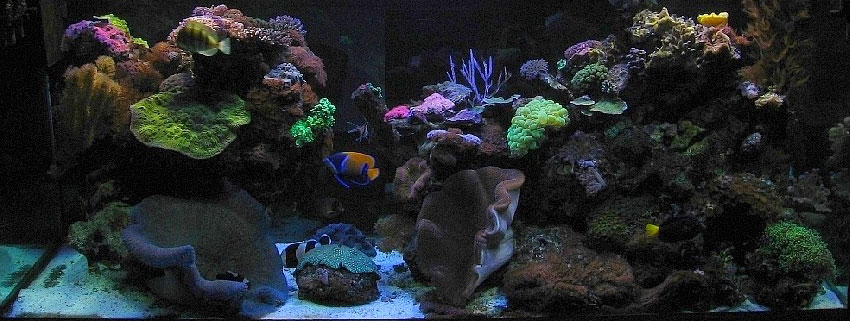Gary Majchrzak
Team RC
It can. Note that you're back to utilizing LR.<a href=showthread.php?s=&postid=8759531#post8759531 target=_blank>Originally posted</a> by flfirefighter13
Would seeding refugium with some LR add these small creatures, Even if it took a while I imagine it should work out in the long term.
Personally, I've seen nothing so far that compares to the benefits of using good quality live rock in a reef aquarium. That doesn't mean that no alternatives exist.
Many others concur- including some very notable reefkeepers and authors which will go as far as to call liverock "the backbone of your reef aquarium".
then what is?<a href=showthread.php?s=&postid=8758434#post8758434 target=_blank>Originally posted</a> by Stoney Mahony
I am well aware of the biological processes and requirements of anaerobic/ denitrifying/ nitrifying bacteria and live rock is not the best solution the world has to offer.
The big advantage that immediately comes to mind is sheer volume: you can fit a LOT of LR in a big sump, but as previously mentioned you'll need to monitor the detritus that it sheds.<a href=showthread.php?s=&postid=8759017#post8759017 target=_blank>Originally posted</a> by flfirefighter13
New question: What is it about LR that makes it so much better in a sump.

This is a pic of a 300 gallon FO that had chronic nitrate problems.
I solved the problem by removing all the bioballs from the wet/dry "nitrate factory". I then installed a DSB in the sump and introduced LR into the system. I also introduced amphipods, worms and other critters from my reef aquarium.
Last edited:

